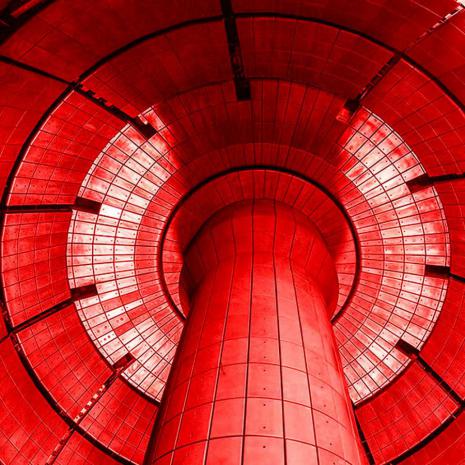
Breaking News
 $26M Frozen on Blockchain - With One Click
$26M Frozen on Blockchain - With One Click
 Italy are on national strike shutdown rejecting digital enslavement...
Italy are on national strike shutdown rejecting digital enslavement...
 The following U.S. states are currently using the rebranded "Reporty Homeland Security" so
The following U.S. states are currently using the rebranded "Reporty Homeland Security" so
 NATO Chief Urges Europe To Prepare For Long-Term World War With Russia, China, Iran & North Korea
NATO Chief Urges Europe To Prepare For Long-Term World War With Russia, China, Iran & North Korea
Top Tech News
 HUGE 32kWh LiFePO4 DIY Battery w/ 628Ah Cells! 90 Minute Build
HUGE 32kWh LiFePO4 DIY Battery w/ 628Ah Cells! 90 Minute Build
 What Has Bitcoin Become 17 Years After Satoshi Nakamoto Published The Whitepaper?
What Has Bitcoin Become 17 Years After Satoshi Nakamoto Published The Whitepaper?
 Japan just injected artificial blood into a human. No blood type needed. No refrigeration.
Japan just injected artificial blood into a human. No blood type needed. No refrigeration.
 The 6 Best LLM Tools To Run Models Locally
The 6 Best LLM Tools To Run Models Locally
 Testing My First Sodium-Ion Solar Battery
Testing My First Sodium-Ion Solar Battery
 A man once paralyzed from the waist down now stands on his own, not with machines or wires,...
A man once paralyzed from the waist down now stands on his own, not with machines or wires,...
 Review: Thumb-sized thermal camera turns your phone into a smart tool
Review: Thumb-sized thermal camera turns your phone into a smart tool
 Army To Bring Nuclear Microreactors To Its Bases By 2028
Army To Bring Nuclear Microreactors To Its Bases By 2028
 Nissan Says It's On Track For Solid-State Batteries That Double EV Range By 2028
Nissan Says It's On Track For Solid-State Batteries That Double EV Range By 2028
Expert: "I'm 100 Percent Confident" Fusion Power Will Be Practical

It's Happening
For as long as scientists have dreamed of nuclear fusion reactors that could provide humanity with cheap and clean electricity, the technology has always been a distant dream.
Predictions for when that dream might be realized have long hovered around the "50 years away" benchmark — close enough to tantalize the public and justify grant applications, but far enough off that any given scientist would be long-since retired before they were proven wrong. But now nuclear physicists are getting bolder, according to a new Medium feature by Brian Bergstein, the former executive editor of MIT Technology Review.
The piece is a compelling history of modern fusion research, but what also emerges is a sense that the timeline to practical fusion energy is starting to firm up. With the theory nailed down, researchers are now hammering out engineering problems — and many now believe fusion power plants will be a reality by the 2030s, if not sooner.
Inching Closer
"I'm 100 percent confident that this is going to happen," Christofer Mowry, CEO of General Fusion told Bergstein. "Are we going to have commercial fusion power plants on the grid by 2030? Maybe. But it won't be 50 years, I can tell you that."
According to Bergstein, Mowry was the industry expert with the most optimistic and concrete timeline for developing practical nuclear fusion reactors. He hopes to get a prototype up and running by 2022. Many of the remaining challenges are incremental engineering hurdles — and financial ones, like finding a government willing to invest in the process.

 Carbon based computers that run on iron
Carbon based computers that run on iron

